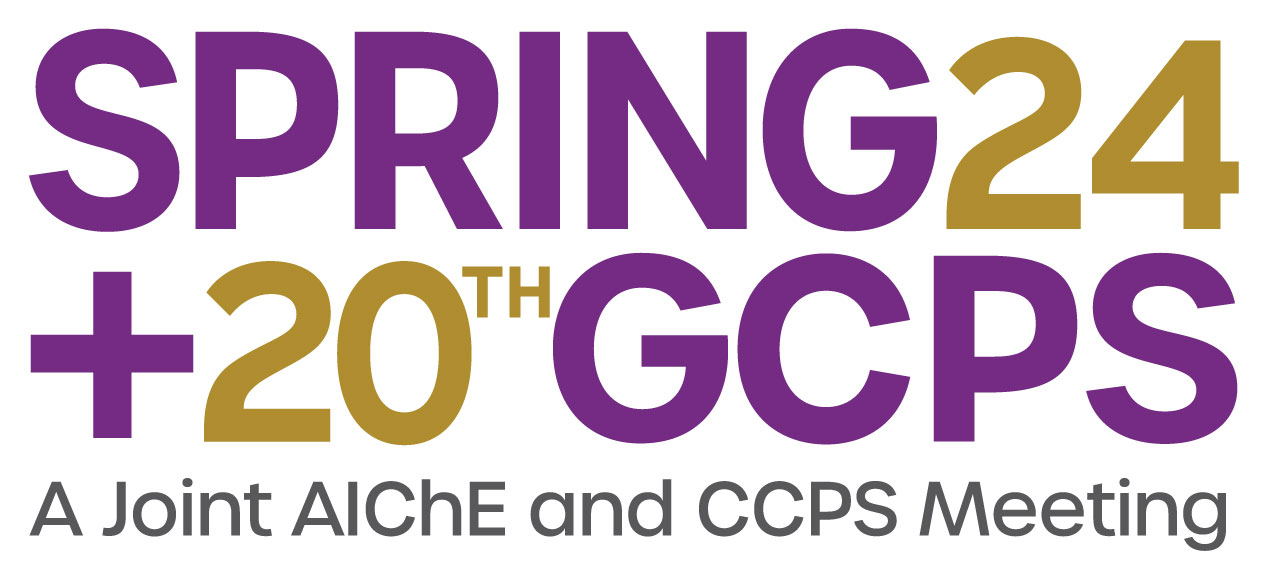

Chemical recycling of plastic waste is expected to grow exponentially in the coming decades [1]. Global legislation pushes for increasing the circularity of plastics [2], and mechanical recycling is not robust enough to handle highly mixed plastic waste streams. Therefore, chemical recycling is the favored route, in particular, plastic waste pyrolysis. This process produces as the main product an oil that can be used to (partially) substitute fossil-based feedstocks to produce light olefins, with steam cracking being the most important process. The primary concern of utilizing pyrolysis oils in existing steam crackers is the substantial difference between those synthetic oils and fossil-based feedstocks for which steam crackers are originally designed. Specifically, the high concentration of heteroatom-containing contaminants and up to 60% of unsaturated hydrocarbons [3-5] in typical pyrolysis oils will affect the operation and yields of steam crackers. Today, there are strict specifications on the degree of contamination for steam cracker feedstocks, particularly related to technical issues and off-spec products. Recent studies demonstrate the viability of using these oils under steam cracking conditions [3-5], however, several scientific challenges remain. New reaction possibilities and the formation of unwanted products (methanol, HCl, NO, etc.) need to be accurately described. Furthermore, olefin producers are uncertain about the optimal conditions for cracking these plastic waste oils due to their largely different composition in terms of unsaturated components. Therefore, a kinetic model, CRACKSIM, is developed for the steam cracking of plastic waste-derived feeds, enabling fast and reliable simulation of product yields using COILSIM1D [6].
In this work, we are investigating the decomposition of important components present in plastic waste pyrolysis oils to develop a simulation model that can predict both yields and optimal operating conditions. CRACKSIM considers all elementary reaction steps, including all important reaction families, under the considered conditions. The corresponding kinetic and thermodynamic parameters are derived from CBS-QB3 level ab initio calculations [7-9], leading to a consistent set of Arrhenius parameters.
The components investigated are the olefins and heteroatomic components containing oxygen, nitrogen, sulfur, chlorine, etc. First, the effects of olefinic components on steam cracker yields and operation are elaborated upon. These unsaturated components lead to reaction paths that were negligible with paraffinic feedstock, such as fossil naphtha. Additionally, the branching structure of these components is dependent on the source of plastic waste oils, leading to a varying isomer distribution affecting light olefin yield. To understand the influence of this variability, detailed feedstock analysis is performed using state-of-the-art analytical equipment at the Laboratory for Chemical Technology (LCT) at Ghent University, including GC×GC/MS coupled with specific detectors (NCD, SCD, AED, etc.). This also allows to quantify the halogenated components’ concentration as well as their configuration and extend the microkinetic model.
The experimental data base to validate CRACKSIM is provided by pilot plant experiments using plastic waste oils produced using a dedicated in-house setup , Additionally, model components decomposition is performed in a bench scale steam cracking unit. Both units are equipped the same analytical techniques used for the feed characterization but now applied by sampling the reactor effluent on line.
References
- 1. SYSTEMIQ, ReShaping Plastics: Pathways to a Circular, Climate Neutral Plastics System in Europe. 2022.
- 2. Commission, E., Proposal for a REGULATION OF THE EUROPEAN PARLIAMENT AND OF THE COUNCIL on packaging and packaging waste, amending Regulation (EU) 2019/1020 and Directive (EU) 2019/904, and repealing Directive 94/62/EC, D.-G.f. Environment, Editor. 2022.
- 3. Kusenberg, M., et al., Towards high-quality petrochemical feedstocks from mixed plastic packaging waste via advanced recycling: The past, present and future. Fuel Processing Technology, 2022. 238.
- 4. Kusenberg, M., et al., Opportunities and challenges for the application of post-consumer plastic waste pyrolysis oils as steam cracker feedstocks: To decontaminate or not to decontaminate? Waste Manag, 2022. 138: p. 83-115.
- 5. Kusenberg, M., et al., Assessing the feasibility of chemical recycling via steam cracking of untreated plastic waste pyrolysis oils: Feedstock impurities, product yields and coke formation. Waste Manag, 2022. 141: p. 104-114.
- 6. Van Geem, K. and G.B.p. Marin, Single event microkinetic model for steam cracking of hydrocarbons. 2006, 2006.
- 7. Aerssens, J., et al., The merit of pressure dependent kinetic modelling in steam cracking. Faraday Discuss, 2022. 238(0): p. 491-511.
- 8. Pappijn, C.A.R., et al., Bond additivity corrections for CBSâ€QB3 calculated standard enthalpies of formation of H, C, O, N, and S containing species. International Journal of Chemical Kinetics, 2020. 53(3): p. 345-355.
- 9. Van de Vijver, R., et al., Automatic Mechanism and Kinetic Model Generation for Gas- and Solution-Phase Processes: A Perspective on Best Practices, Recent Advances, and Future Challenges. International Journal of Chemical Kinetics, 2015. 47(4): p. 199-231.
Presenter(s)
Language
Pricing
Individuals
| AIChE Member Credits | 0.5 |
| AIChE Pro Members | $19.00 |
| Fuels and Petrochemicals Division Members | Free |
| AIChE Graduate Student Members | Free |
| AIChE Undergraduate Student Members | Free |
| AIChE Explorer Members | $29.00 |
| Non-Members | $29.00 |
